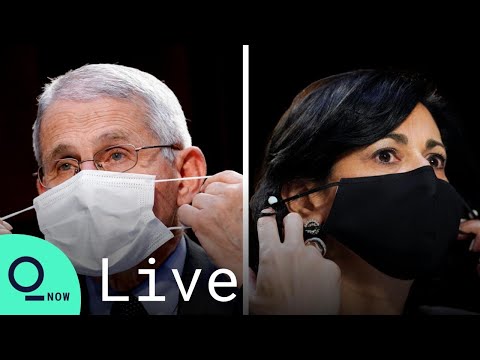
NEW YORK, NY – According to a new report by the New York Times, the Centers for Disease Control and Prevention (CDC) greatly exaggerated the chance of catching COVID-19 when outdoors, initially claiming that the virus had a 10 percent transmission rate when in fact that number is closer to 1 percent or less.
The Times reports that the 10 percent outdoor transmission estimate was a result of the CDC misclassifying transmission incidents that had taken place at several Singapore-based construction sites that may have actually occurred indoors instead, or in a mix of indoor and outdoor locations, such as buildings that were in the process of development.
The cases of COVID-19 transmission at the Singapore construction sites adds up to much less than 10 percent, the Times said; instead it was closer to one percent or less.
The CDC has used this inaccurate transmission estimate as a basis for people to continue wearing masks in certain outdoor settings, even if they have been vaccinated, the Times said.
In a Senate committee hearing on Tuesday, CDC director Dr. Rochelle Walensky was questioned by Senator Susan Collins, (R-ME) in regards to the findings in the Times’ report and how they conflicted with guidance that the CDC has issued in regards to the reopening of schools and businesses.
LIVE: ANTHONY FAUCI, ROCHELLE WALENSKY TESTIFY TO SENATE PANEL ON FIGHT AGAINST COVID-19
Walensky defended herself, claiming that the 10 percent outdoor transmission estimate was taken from a study that the Journal of Infectious Disease published in November 2020.
A response by a CDC official was quoted in the Times’ report, who said that the medical community still has limited data on outdoor transmission.
“The data we do have supports the hypothesis that the risk of outdoor transmission is low. 10 percent is a conservative estimate from a recent systematic review of peer-reviewed papers,” the official said. “CDC cannot provide the specific risk level for every activity in every community and errs on the side of protection when it comes to recommending steps to protect health. It is important for people and communities to consider their own situations and risks and to take appropriate steps to protect their health. (https://vipcleaners.com/) ”




Comments are closed.